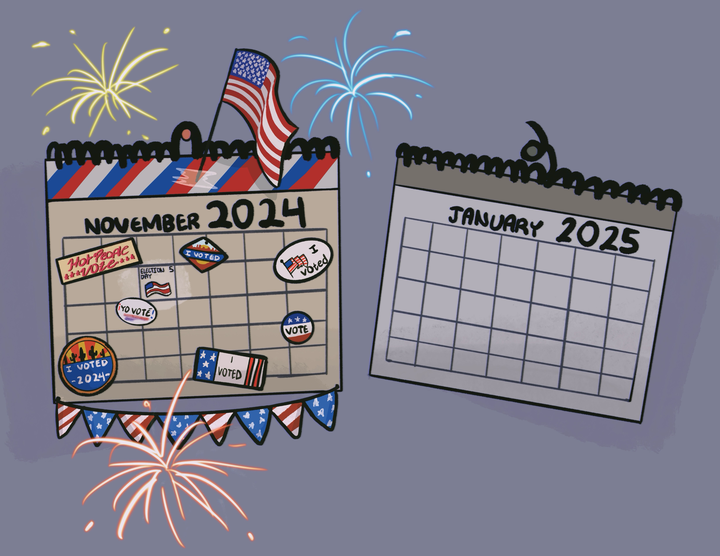
With $6 billion, one could buy luxurious houses, cars and planes — or better yet, one could help the 14 percent of the Dutch population living below the poverty line. But what does Dutch entrepreneur Bas Lansdorp decide to do? Convince 202,586 people from around the world to compete for four one-way death sentences to Mars.
That’s right, the Mars One mission to establish a human settlement on Mars is projected to cost about $6 billion with no guarantee that the chosen astronauts will actually set foot there.
The current plans hardly seem to be the ideal way to go. It seems to be much more like a form of entertainment than a project for discovery and knowledge. Considering the plans of making a reality TV show out of this mission, the founders’ main interests seem to actually be money, fame and entertainment.
We’re all intrigued by the idea of the unknown, but how much is actually known about the risks of this mission?
“Mars One does not provide any actual technical information about its plans,” said Daniel Apai, assistant professor of astronomy and planetary sciences. “Its board’s expertise is primarily in marketing, advertisement and design and demonstrates very little knowledge in space mission planning or management.”
Given the apparently little knowledge of the people involved with Mars One, is it really sensible to sentence people to death with this one-way ticket to a completely different planet? Of course not. How could we trust a mission whose future is based solely on TV revenue?
However in several interviews, the recently chosen 100 finalists clarify that they want their death to make a mark on humankind.
“If I’m going to have to die anyway,” said Sonia Nicole Van Meter, a 36-year-old finalist, in an interview with Refinery 29. “Let’s have my death mean something bigger for the rest of humanity.”
“This mission is not only about me or my country, but carries the expectation of the whole of humanity to find a new home in the universe,” said Taranjeet Singh Bhatia, a 29-year-old finalist, in a video statement for Mars One.
It’s not difficult to be a bit skeptical of the Mars One mission, but then again, many must have doubted Christopher Columbus’s mission when he set sail, and look where we stand now.
Still, Columbus and his sailors at least survived the trip. Mars One seems like a long shot for securing the title “the Santa Maria of the Space Age.”
Although the idea of this mission is undeniably very interesting and exciting, maybe everyone is investing their money in the wrong places. Yes, it is of the utmost importance to learn more about other planets, but it is a much safer and more useful bet to invest in government research and space technology that could create the infrastructure for this mission in the future when it’s actually feasible. We need to have a much broader knowledge about the world around us before we make drastic plans like making a reality TV show on Mars or buying land on the moon.
“I hope more people will share the excitement of exploring the universe through telescopes and via robotic missions, but also understand how far we are still from traveling to Mars,” Apai said.
Or, better yet, invest in preserving this planet instead of giving up on it entirely.
_______________
Genesis Lara is a freshman studying journalism, Spanish and French. Follow her on Twitter.








